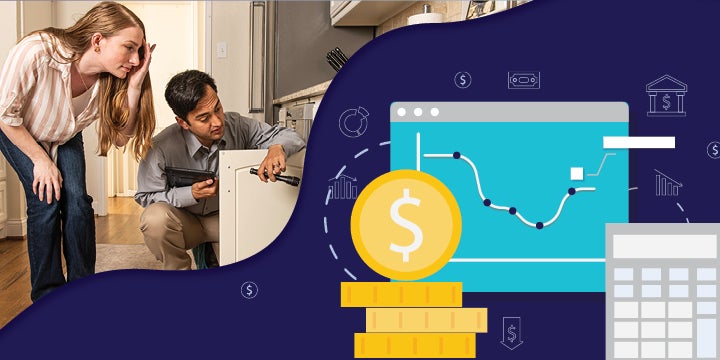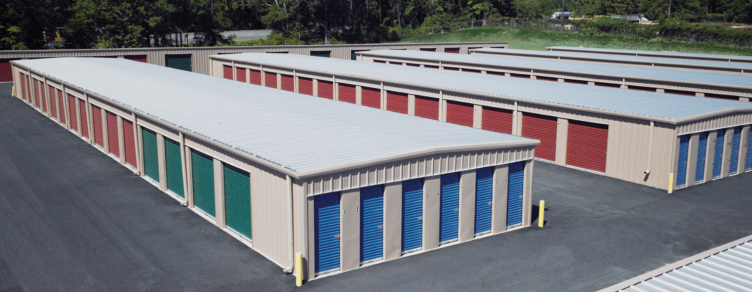Pests, the unwelcome guests that invade our living spaces, can cause distress and discomfort. From the scurrying of tiny mice to the subtle infestation of ants or the sinister presence of termites, these nuisances not only compromise the structural integrity of our homes but also pose health risks. When dealing with these intruders, one of the primary concerns is understanding the cost implications of pest cost solutions.
Table of Contents
- Factors Influencing Pest Control Costs
- DIY vs. Professional Services
- Types of Pest Control and Associated Costs
- Conclusion
- FAQs
- 1. What factors determine the cost of pest control?
- 2. How much does chemical pest control typically cost?
- 3. Are non-chemical methods more expensive for pest eradication?
- 4. What are the costs associated with ongoing maintenance for pest control?
- 5. Is it worth investing in professional pest control services?
- 6. How can property owners reduce pest cost solutions control costs?
- 7. Do pest control costs vary based on the type of pest?
Factors Influencing Pest Control Costs
The pest control cost can vary significantly based on various factors:
Type of Pest
Different pests demand specific treatments due to their biological and behavioral differences. Bed bugs, for example, often require treatments involving heat, freezing, or targeted pesticides applied in specific areas where they hide. Termites necessitate different treatments, typically involving soil treatment or bait systems. Meanwhile, managing rodents might involve trapping, exclusion methods, or poison baits tailored to their behavior and entry points.
Extent of Infestation
The severity and spread of an infestation play a crucial role in determining the techniques needed for effective removal. A minor infestation of pests, when caught early, might require less invasive or lower-cost treatments. However, a widespread or long-standing infestation might demand more extensive measures and resources, potentially impacting the overall cost.
Property Size
The size of the property directly affects the scope of the pest cost solutions operation. Larger spaces, whether residential or commercial, might involve more extensive treatments, increased labor, and more materials. Larger areas often require more time and effort for a thorough treatment, contributing to higher costs.
Type of Treatment
Pest control methods can be broadly categorized into chemical, non-chemical, or preventive measures. Chemical treatments involve the use of pesticides or other chemical solutions, which can vary in cost based on the type and quantity used. Non-chemical methods, such as heat treatments, biological controls, or exclusion techniques, might be costlier upfront but can offer eco-friendly or long-term solutions. Preventive measures, like sealing entry points or routine inspections, may incur lower immediate costs but could add up over time.
Recurring Services
Certain pest infestations require ongoing monitoring and maintenance. Services like regular inspections, scheduled treatments, or continuous preventive measures contribute to recurring costs. These recurring services are essential for long-term pest management, especially in areas prone to persistent infestations.
DIY vs. Professional Services
DIY pest control products are available in the market and can seem cost-effective initially. However, they might not be as comprehensive as professional services, leading to recurrent infestations, ultimately costing more in the long run. Professional pest control services ensure thorough and lasting solutions, often providing warranties against future infestations.
Cost-Benefit Analysis
The expense of pest control services might seem high initially but must be evaluated in the context of the benefits. Protecting your home from damages caused by pests, and potential health risks, and maintaining a healthy living environment for your family is invaluable.
Types of Pest Control and Associated Costs

1. Chemical Treatments
Chemical treatments involve the application of pesticides or chemical solutions to eradicate pests. The cost is influenced by the type of chemical used, the quantity required, and the size of the area to be treated. For example, the expense of treating a standard-sized home for termites can vary significantly, generally falling within the range of $1,200 to $2,500. The price range might fluctuate based on the extent of the infestation and the specific products or chemicals utilized.
2. Non-Chemical Methods
Non-chemical alternatives are gaining popularity due to their eco-friendliness and effectiveness. Methods like heat treatments or biological control, although potentially more expensive initially, offer a greener approach to pest eradication. For instance, eliminating bed bugs using heat treatment typically costs between $1,500 to $3,000 for a standard-sized home. The increased cost might be attributed to the specialized equipment, higher energy consumption, or labor involved in these non-chemical methods. However, they provide an alternative for those seeking environmentally conscious solutions.
3. Ongoing Maintenance
Regular inspections and preventive measures constitute an essential part of pest management. The costs for recurring services can range from $300 to $700 annually. This range is influenced by various factors such as the frequency of inspections, the type of pests being managed, and the measures implemented for ongoing prevention. Investing in these ongoing services is crucial to ensure the sustained effectiveness of pest control, mitigating the risk of re-infestation and potential property damage.
Conclusion
Understanding the cost of pest control is pivotal in making informed decisions to safeguard your home. While the figures might vary based on numerous factors, prioritizing the health and integrity of your living space should be the ultimate consideration. Seeking professional guidance, identifying the extent of the infestation, and opting for effective, long-term solutions might result in substantial savings in the future.
FAQs
1. What factors determine the cost of pest control?
The cost of pest control services can vary based on factors such as the type of pest, the extent of the infestation, the size of the property, the chosen treatment method (chemical, non-chemical, preventive measures), and whether recurring services are necessary.
2. How much does chemical pest control typically cost?
The cost of chemical pest control can range from $1,200 to $2,500 for treating a standard-sized home for termites. However, the price can vary depending on the specific chemicals used and the size of the area to be treated.
3. Are non-chemical methods more expensive for pest eradication?
Non-chemical methods, such as heat treatments or biological control, might have a higher initial cost, for instance, ranging from $1,500 to $3,000 for eliminating bed bugs in a standard-sized home. These methods can be more environmentally friendly but may have higher upfront expenses due to specialized equipment or labor.
4. What are the costs associated with ongoing maintenance for pest control?
Regular inspections and preventive measures can range from $300 to $700 annually. The cost can fluctuate based on the frequency of services and the type of pests being managed. These ongoing services are crucial for long-term pest management and prevention.
5. Is it worth investing in professional pest control services?
Professional services, while they might seem more expensive initially, often provide comprehensive and long-term solutions, reducing the risk of recurrent infestations. DIY solutions might be cheaper at first but can result in additional costs in the long run if not as effective.
6. How can property owners reduce pest cost solutions control costs?
Property owners can take preventive measures such as regular cleaning, sealing entry points, and addressing moisture issues. Early detection and prompt action upon noticing signs of infestation can also help reduce the extent of the problem and associated costs.
7. Do pest control costs vary based on the type of pest?
Yes, different pests require different treatments, and the cost of pest cost solutions control can vary depending on the specific pest and the methods required for effective removal.




